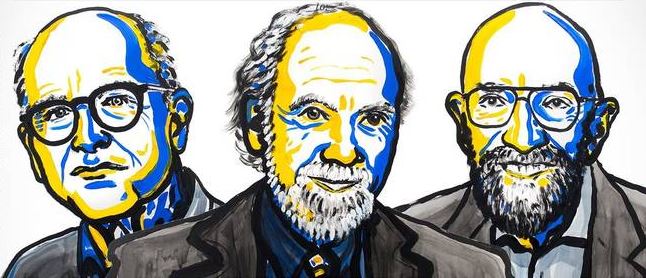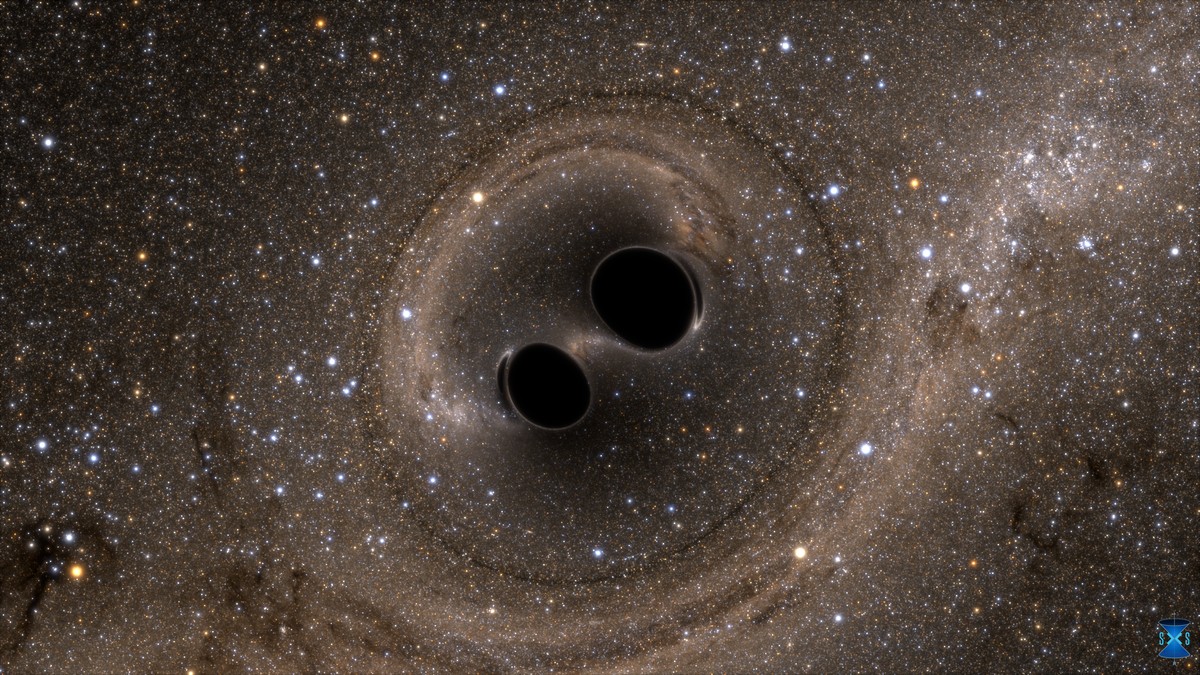Nobel Prize in Physics for those who have allowed to observe gravitational waves
2017/10/03 Etxebeste Aduriz, Egoitz - Elhuyar Zientzia Iturria: Elhuyar aldizkaria

The Nobel Foundation has announced that Rainer Weiss, Barry C. Barish, and Kip S. Researchers Thorne will receive the 2017 Nobel Prize in Physics for the development of the LIGO observatory and the possible observation of gravitational waves.
On September 14, 2015, gravitational waves were first detected, 100 years after Einstein's announcement, at the US LIGO observatory. The general theory of relativity says that a body deforms the space-time around it. Well, Einstein calculated that when a large mass body has an acceleration, that deformation of space time is propagated in the form of a wave, for example, when two black holes or two neutron stars start to rotate each other.
Gravitational waves travel through the universe at the speed of light and carry information about their origin. Thus, with these first waves detected in LIGO it was discovered that they were produced by the shock of two black holes that occurred 1,300 million years ago, between 29 and 36 solar masses.
Gravitational waves are very weak when they reach Earth. Einstein himself never thought they could be detected. And most agreed on it in the 1970s. Kip Thorne and Rainer Weiss were convinced that it is possible to detect gravitational waves. For this purpose, they designed a laser based interferometer. The interferometer has two arms in L. A laser is divided into two rays and is made to advance and back down each arm by mirrors. Thus, the distance between the mirrors of the ends is measured with great precision. This allows measuring the changes in the size of the two arms produced by gravitational waves, although the change is very small (thousands of times smaller than the nucleus of an atom).
Although the idea was simple, the development of LIGO took 40 years (Laser Interferometer Gravitational-wave Observatory). And for this it was essential the impulse of Barry Barish. In 1994 he took over the direction of the LIGO project, turning the research team of 40 people into an international cooperation of thousands of participants, bringing together experts from all over the world.
In August 2017 the VIRGO detector was added to LIGO (Italy) and on September 27 announced a new joint observation of gravitational waves. It was the fourth observation for LIGO.
Gai honi buruzko eduki gehiago
Elhuyarrek garatutako teknologia





